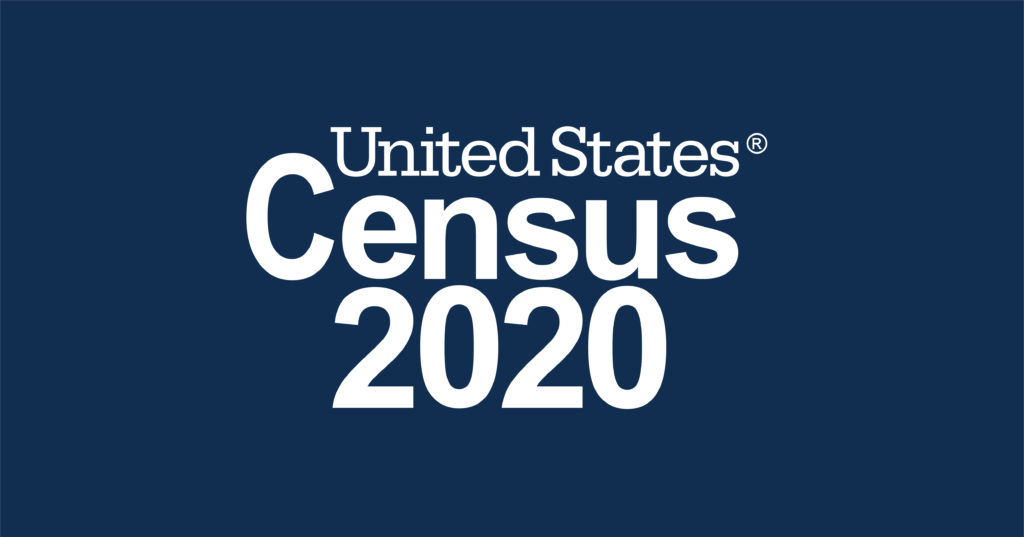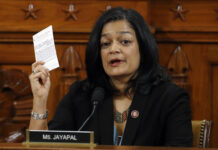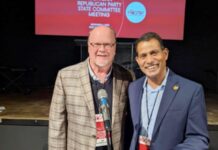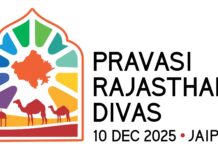Vidya Sethuraman
India Post News Service
Fill details at https://2020census.gov/ and shape your future
April 1 was Census Day, the day California – and America – gets to take a selfie of itself. A telebriefing was arranged by the Ethnic media services group that gave direct access to California’s leading expert on the census, Ditas Katague, Director of California. Topics such as California’s response rate, What California is doing to reach the hardest-to-count, How the state is adapting in the context of COVID-19 and Why the Census matters, were widely discussed during the call.
The U.S. Constitution mandates a population count every 10 years. This count determines the allocation of hundreds of billions of dollars to state and local governments, the share of seats each state has in the U.S. House, and the boundaries of voting districts.
Bay Area counties are leading California in responding to the 2020 census, even as rules meant to slow the spread of coronavirus have shuttered the community events and in-person outreach that advocates had hoped would drive turnout.
In Santa Clara County, 49.7 percent of households had filled out the nine-question census questionnaire as of noon on April 2, the highest response rate for any county in California. In San Mateo County, the rate is 49.3 percent, followed by Contra Costa County at 47.9 percent. Those are the second- and third-highest rates in the state. Alameda County’s 46.6 percent response rate is the fifth-highest in California.
San Francisco, with a response rate of 39.6 percent, is below California’s overall response rate of 40.9 percent. The state is slightly lagging the national rate of 41.3 percent.
An inaccurate count could be devastating — the numbers collected in the next few months are used to determine congressional and state representation, distribute $1.5 trillion in federal funds, even guide where businesses open and what they sell, said Ditas Katague. She urged each and everyone to participate and fill the details online.
Ditas said, the main purpose of the census is to count people, so the form asks how many people live in the household, with a reminder to count babies and nonrelatives. Questionnaires also ask households for demographic information, including the sex, names, dates of birth, and races of people living in a home, whether occupants own or rent, and a phone number census workers can call to follow up if necessary.
The form is nine questions for the first person and seven or fewer for each additional household resident. The decennial census does not include inquiries about housing characteristics or income. The Census Bureau does not ask for Social Security numbers, bank information, or money. Your information is safe and noone will have access to it, added Ditas.







